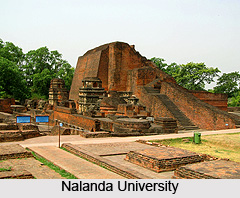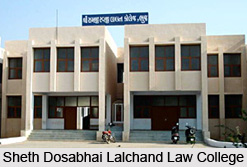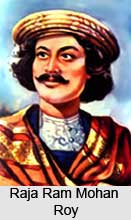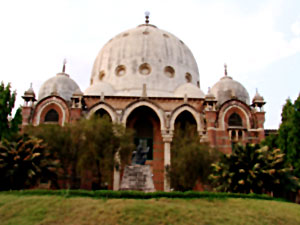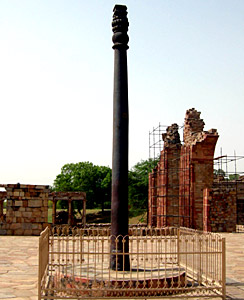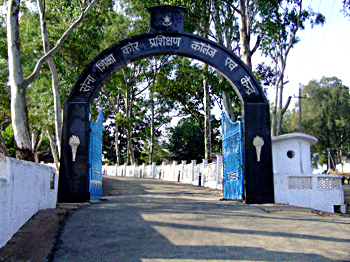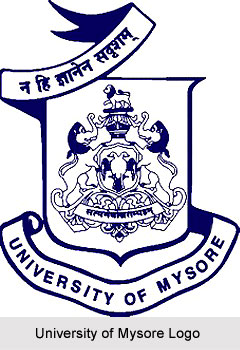 University of Mysore was conceptualized on the basis of a report on educational progress in the United States and Australia, submitted by Messrs Thomas Denham and C.R.Reddy who visited these countries. Dewan, M.Visvesvarayya, is the person who is given credit for being instrumental in its founding. The university opened on 27 July 1916. The University became the first outside the domain of the English administration in India. It is the first ever University in Karnataka. It became autonomous on 3 March 1956, when it gained recognition from the University Grants Commission.
University of Mysore was conceptualized on the basis of a report on educational progress in the United States and Australia, submitted by Messrs Thomas Denham and C.R.Reddy who visited these countries. Dewan, M.Visvesvarayya, is the person who is given credit for being instrumental in its founding. The university opened on 27 July 1916. The University became the first outside the domain of the English administration in India. It is the first ever University in Karnataka. It became autonomous on 3 March 1956, when it gained recognition from the University Grants Commission.
It encompasses 122 affiliated colleges and 5 constituent colleges. The University has 37 postgraduate departments, 8 specialised research & training centres and two postgraduate centres. It also offers several employment-oriented diploma courses and certificate programmes.
History of University of Mysore
University of Mysore is the sixth oldest university in India. It was established in 1916 by the then Maharaja of Mysore, Krishnaraja Wodeyar IV. The structure of the university was designed after a thorough analysis of the functioning of foreign universities that aimed at original research, laid emphasis on the extension of knowledge among people and those that combined intellectualism with an educational system that would give training for political and social life. Sir Mokshagundam Visvesvarayya, the Dewan of Mysore at the time, also played a major role in its inception and promotion. It was inaugurated on 27 July 1916. Maharaja College of Mysore and the Central College of Bangalore, which were previously affiliated to Madras University, became part of the new university. The Act was amended in 1933 and 1939 to make the senate representative of public life and to establish the academic council responsible for the academic affairs of the university.
During the reorganization of the state of Mysore in 1956, the Mysore University Act was passed, which made the university an autonomous body. The university graduate centre was set up in the picturesque environs of the Kukkarahalli Lake.
Campus of University of Mysore
The main campus of the University lies to the west of the Kukkarahalli Lake. The University headquarters, the Crawford Hall, is located across the lake to the east. Two satellite campuses have since been set up in response to the demands of postgraduate education from semi-urban/rural areas.
At the University of Mysore`s founding Mysore, Mandya, Hassan and Chamarajanagar districts with the remaining areas falling under the remit of Bangalore University (1886), Mangalore University (1980), and Kuvempu University (1987).
Emblem of University of Mysore
The University emblem is adapted from the royal emblem of Mysore. The bird Gandabherunda flanked on either side by the lion-elephant Sharabha, surmounted by a lion.
The University`s motto "Na Hi Jnanena Sadrusham", is taken from the Bhagavad Gita that is written in Devanagari script on the top of the emblem. At the bottom is the Sanskrit saying "Sathyamevoddharamyaham".
Notable Alumni of University of Mysore
Dr. Sarvepalli Radhakrishnan, C.N.R. Rao, K. V. Puttappa, R. K. Laxman, Mysore Manjunath, N. R. Narayana Murthy, Ram Madhav and R.K.Narayan.
